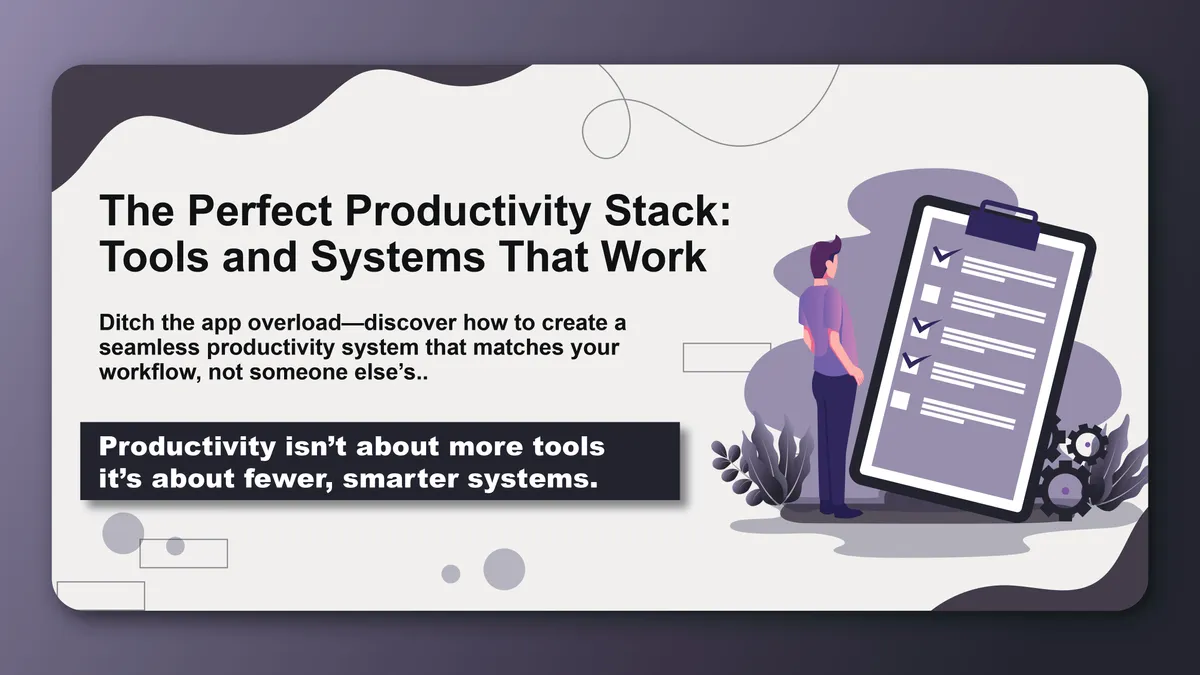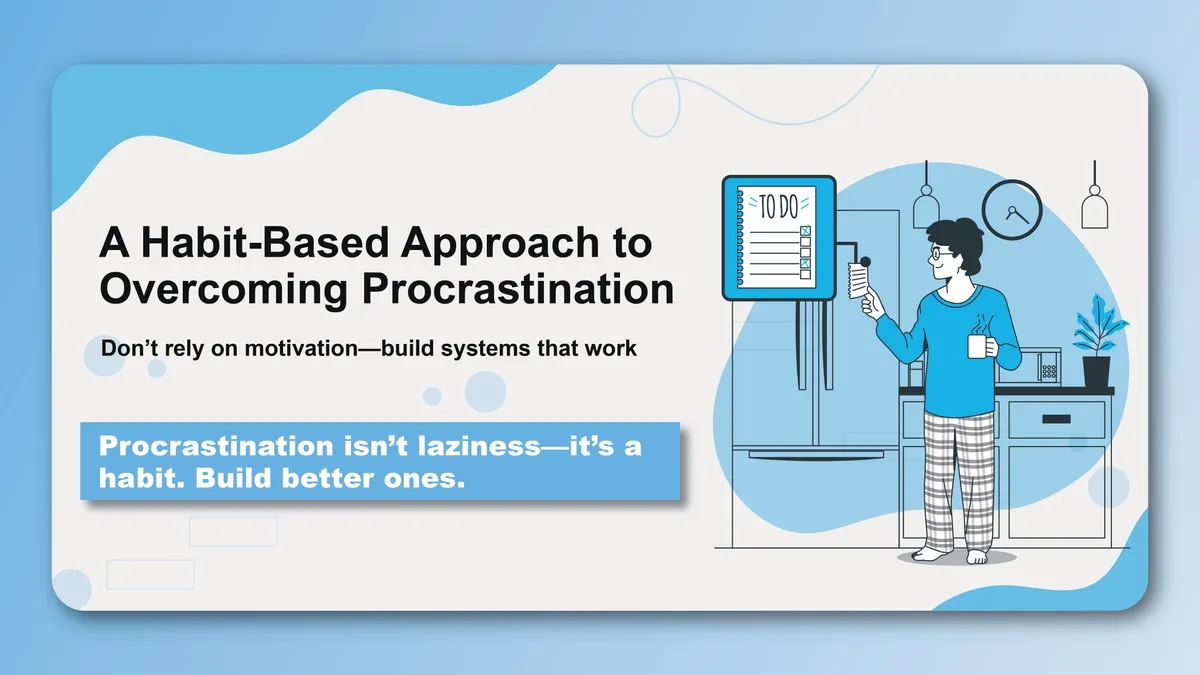James Clear's "Atomic Habits" has become a go-to guide for anyone looking to make meaningful, long-lasting change in their life. The book's central premise is that real transformation comes from the compound effect of hundreds of small decisions, or "atomic habits." This post will break down the key takeaways from this influential book.
Forget Goals, Focus on Systems
One of the first paradigm shifts Clear introduces is to "forget about goals, focus on systems instead." Goals are about the results you want to achieve. Systems are about the processes that lead to those results.
- If you're a coach, your goal is to win a championship. Your system is how you recruit players, manage your assistant coaches, and conduct practice.
- If you're a writer, your goal is to write a book. Your system is your daily writing schedule.
Clear argues that winners and losers often have the same goals. What differentiates them is their system. A focus on systems allows for continuous improvement.
The Four Laws of Behavior Change
The core of the book is a four-step framework for building better habits.
1st Law: Make It Obvious
Our environment is a powerful driver of our behavior. To build a new habit, make the cues for it obvious and visible.
- Good Habit: Want to read more? Put a book on your pillow.
- Bad Habit Inversion (Make it Invisible): Trying to cut back on snacks? Keep them hidden away in a cupboard, not on the counter.
2nd Law: Make It Attractive
We are more likely to perform a habit if we find it attractive. One way to do this is "temptation bundling." This is where you pair an action you want to do with an action you need to do.
- Example: "I will only listen to my favorite podcast while I am exercising."
3rd Law: Make It Easy
Humans are wired to follow the path of least resistance. The easier a habit is, the more likely you are to do it.
- The Two-Minute Rule: When you start a new habit, it should take less than two minutes to do. "Read before bed each night" becomes "Read one page." The goal is to master the art of showing up.
- Environment Design: Reduce the friction associated with good habits. Lay out your workout clothes the night before.
4th Law: Make It Satisfying
We are more likely to repeat a behavior when the experience is satisfying. The problem is that the rewards of good habits are often delayed, while the rewards of bad habits are immediate.
- Immediate Reinforcement: Find a way to give yourself an immediate reward for completing a good habit. This could be as simple as marking an "X" on your habit tracker. This creates a small feedback loop that keeps you motivated.
The Power of Identity-Based Habits
Perhaps the most powerful idea in "Atomic Habits" is the concept of identity-based habits. The goal is not just to do something, but to become someone.
- The goal is not to read a book, but to become a reader.
- The goal is not to run a marathon, but to become a runner.
Every action you take is a vote for the type of person you wish to become. Start by asking yourself, "Who is the type of person who could achieve the thing I want to achieve?" Then, take small steps that reinforce that identity.
Conclusion
"Atomic Habits" provides a practical and effective framework for making small, incremental improvements that compound into remarkable results. By focusing on systems, following the Four Laws of Behavior Change, and building an identity that aligns with your goals, you can make lasting change in any area of your life.



